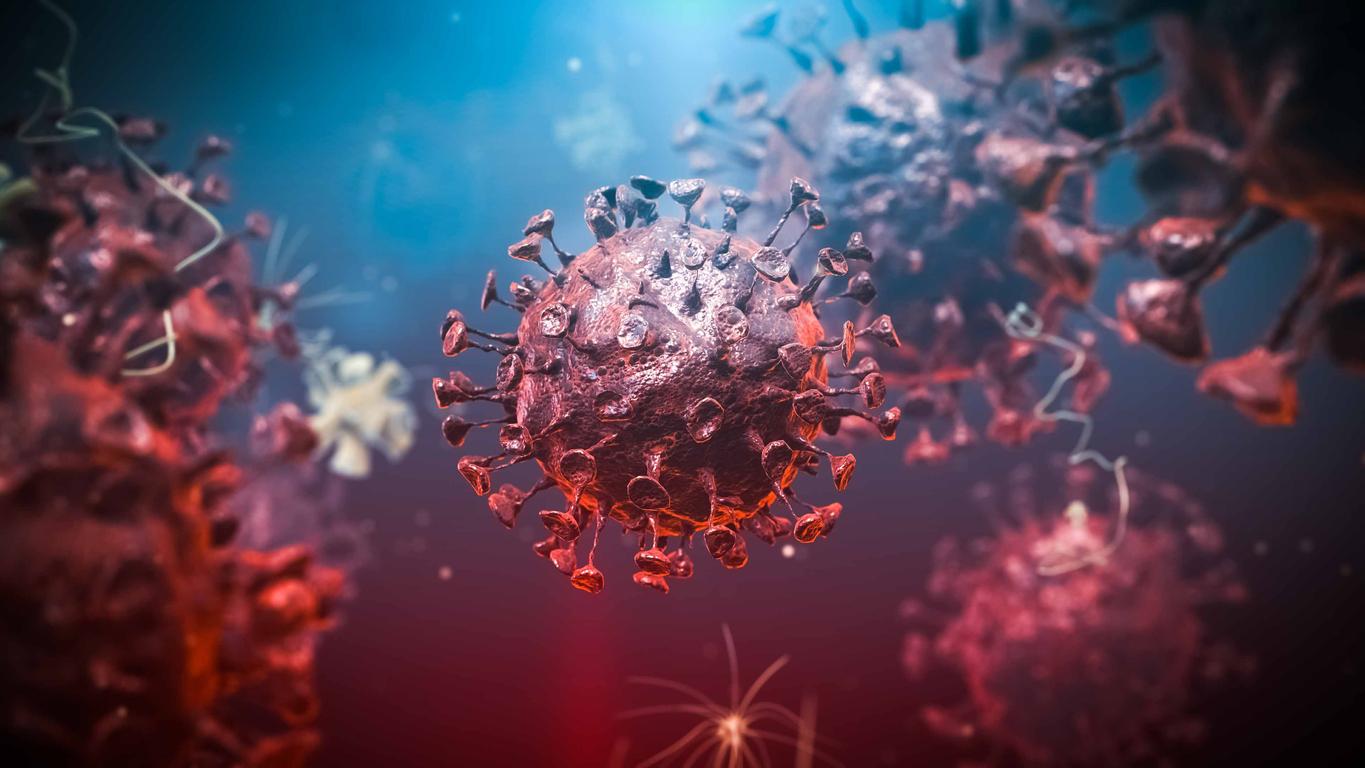Among the treatments explored to treat Covid-19, tiny antibodies produced by certain animal species such as camels, llamas, alpacas or sharks display effective neutralizing properties against the virus.

- Apilimod is a nanobody, present in several animals, which has neutralizing properties against Sars-CoV-2.
- A scientific publication supporting these remarks will soon be put online.
- Researchers are working on other treatments and looking for errors in the virus.
All options are being explored to fight Covid-19. Among the avenues under study, Marco Vignuzzi, an Italian virologist who works at the Institut Pasteur in collaboration with teams of researchers based in New York and San Francisco, is examining that of apilimod, a molecule produced in certain animal species. like camels, llamas, alpacas or sharks. The first tests showed its effectiveness on cell cultures of the virus. In an interview given to Pointhe announces that a scientific publication should soon be supporting his assertions.
nanobodies
Apilimod is a molecule that targets a specific kinase, which means that it acts on an enzyme capable of activating or containing another enzyme. “Its effectiveness on cell cultures of the virus is impressive”, boasts Marco Vignuzzi. These tiny antibodies, from the nanobody family, have, according to the virologist, “neutralizing properties against Sars-CoV-2 [qui] are amazing”. He adds that everything is not settled and that the galenic question remains to be refined, that is to say the form to make this active principle administrable to patients.
This track is not the only one under study for this researcher and his collaborators. “The idea that my team is developing consists in exploiting the errors that can occur in the genome of the virus, in order to prevent this infectious agent from spreading.”, he asks. Two errors are of interest to researchers. The first is to find a coding error in one of the 30,000 bases that make up the virus,”it’s as if we got the wrong word when writing a user manual”, he describes.
Searching for the defective genome
The other error the researchers are working on is the “deletion”. “When a virus reproduces, it does so in tens or even hundreds of thousands of copies. However, in this process, it can sometimes jump to another part of the genome. As if he was skipping a paragraph in the notice. Or it may encode the message backwards: the information appearing in a different order than in the original message. From then on, the text becomes incomprehensible. In the same way, the genomic message carried by this new virus becomes unreadable. And, therefore, less effective. This is what we call a ‘defective genome’”, decrypts Marco Vignuzzi. Clinical trials are underway, he added, and are being conducted by researchers at the University of Warwick in the UK after laboratory animal tests showed the treatment technique to be effective.

.















